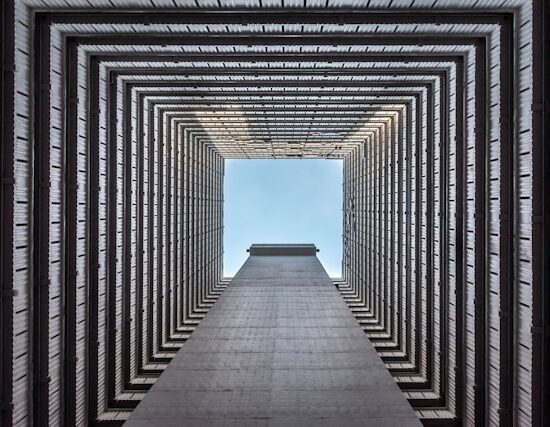The Intersection of Architecture and Systems Thinking: Designing Buildings and Shaping Organizations
Before I became a consultant, I worked as an architect designing buildings. Armed with drawing tools and architectural expertise, I worked with materials like glass, steel, wood, and concrete to bring to life different designs, each uniquely suited to a specific purpose.
However, in my current work, the landscape has changed. I now work with behaviors, cultures, processes, and systems to shape not only physical structures but also organizations. Although the materials employed in these two roles differ, the impact is shared and quite profound: they both affect people.
The Canvas: Architecture and Organizations
When it comes to architecture, the end goal is to design buildings that fulfill a variety of purposes – residential, commercial, and civic – each with its own distinct set of needs and considerations. Similarly, within an organization, leaders work to shape it in a way that fulfills its mission: serving clients, supporting employees, and achieving financial sustainability. In both scenarios, decisions made during the design phase profoundly impact those who interact with the end product, whether it is a building or an organization.
The Building Blocks: Materials and Behaviors
In the realm of architecture, steel provides structural integrity, wood brings warmth, glass offers transparency and concrete adds a sense of permanence. When these elements come together under the meticulous hand of an architect, they create a functional and aesthetically pleasing structure.
On the other hand, the ‘material’ of systems thinking is much less tangible, working with behaviors, cultures, processes, and systems. Though abstract, these seemingly fluid aspects of an organization are as foundational as those employed in physical design. A behavior can reflect and create an organization’s culture. Operational processes often dictate the rhythm of an organization, while the overlaying system is the framework within which all other elements coexist.
The Blueprint: Design Principles and Systems Thinking
In both architecture and systems thinking, the design principles are remarkably similar. Proportionality, balance, harmony: principles that architect use to guide the aesthetics and functionality of a building. For instance, balance ensures that no single part of a structure overpowers another, resulting in an integrated, pleasing design.
Similarly, in systems thinking, the principle of interconnectedness emphasizes that all components of the organization – people, processes, culture – are linked, each impacting others in an ongoing, dynamic interaction. Another system’s principle, emergence, demonstrates that the whole is more than the sum of its parts, much like in a well-designed building.
Building for the End-User: People-Centric Design
Finally, what binds these two seemingly diverse fields together is the emphasis on people. Whether designing a building or developing an organizational strategy, the end goal is to create a positive experience for the individuals who will interact with the structure or the system. Just as architects study human behavior to create more functional and comfortable spaces, leaders use systems thinking to generate processes that truly meet the needs of their team and clients.
At a glance, the role of an architect designing buildings and a leader shaping organizational culture may seem worlds apart. One deals in the palpable world of physical materials, the other in abstract social constructs. Yet, the underlying principles, the consideration for people, and the fundamental creative process all intertwine to show that the art of creating impactful buildings and thriving organizations is intrinsically intertwined. Each requires vision, design principles, and careful understanding of its impact on people. Both architects and systems thinkers use design to solve problems.


